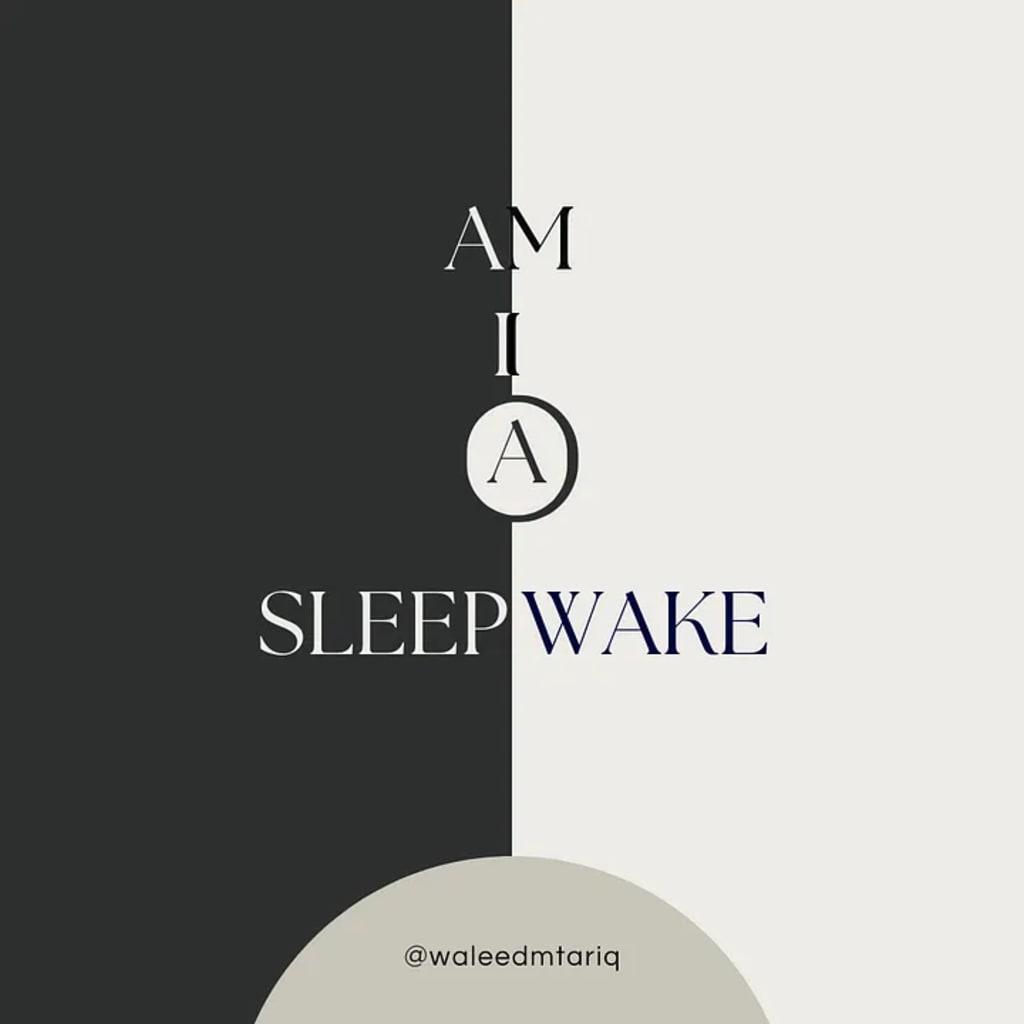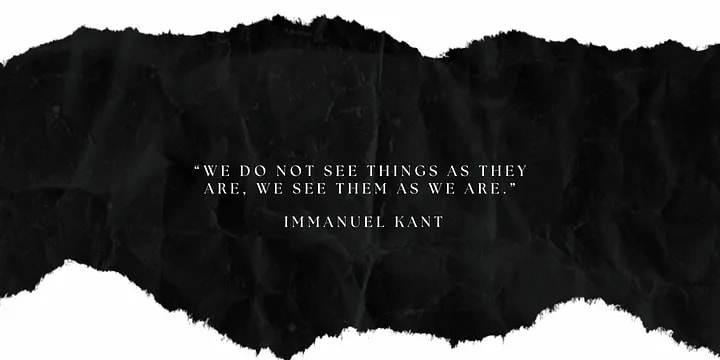Between Dreams and Reality
How do we know what is Real?

“Who looks outside, dreams; who looks inside, awakes.” Carl Jung
I often find myself lost in between the circadian rhythm of sleep and wakefulness. As someone accustomed to the rhythmic routine of sleep and dreams, I’ve often found myself questioning the nature of our conscious experiences. I find myself questioning the very essence of reality, often asking myself, “How do I know I’m awake? How do I know I’m not dreaming right now?”
This question is not just a personal dilemma but a foundational quest to understand the mechanisms behind human perceptions.
Dreams
Dreaming is a universal experience, one that has fascinated humanity for millennia. Ancient civilizations often viewed dreams as divine messages or prophecies. For instance, in ancient Greece, dreams were believed to be direct communications from the gods, offering guidance or warnings. The Egyptians also considered dreams as significant, often interpreting them as messages from the deities and using dream interpreters to decode their meanings.
In many indigenous cultures, dreams are seen as journeys of the soul to other realms or dimensions, providing insights and connections to the spiritual world.
Scientifically, dreams occur during the Rapid Eye Movement (REM) stage of sleep, a period of heightened brain activity that closely resembles wakefulness. During REM sleep, the brain engages in complex processes, synthesizing memories, emotions, and sensory inputs to create vivid, often surreal experiences.
I recall countless nights where I dreamt of being in familiar places and engaged in mundane activities, only to awaken and find myself lying disoriented in bed. These dreams were so vivid, so convincing, that the distinction between my dream world and reality seemed almost nonexistent. Neuroscience explains this phenomenon through the activation of the brain’s limbic system during REM sleep, which processes emotions and memories, making dreams feel extraordinarily real.
Reality
Right now, as I sit here, it feels undeniable that I am awake. I see the screen before me, move my head, extend my hand, and perceive its movements with clarity and intent. This perception is grounded in the brain’s processing of sensory information, a process involving the primary sensory cortex and various other neural pathways that interpret and make sense of the stimuli we encounter.
However, the very mechanisms that allow us to perceive and interact with our environment can also deceive us. During REM sleep, the brain’s prefrontal cortex, the area responsible for logical thinking and self-awareness, is less active. This reduced activity allows for the bizarre and often illogical narratives of dreams to unfold without the interference of critical reasoning. Thus, the same brain that creates coherent reality during wakefulness can fabricate vividly, convincing illusions during sleep.

The Philosophy and Science
René Descartes famously questioned the reliability of sensory experiences and the nature of existence. He questioned whether the vividness of dreams could rival that of waking life, casting doubt on the certainty of our perceptions, and leading him to his famous conclusion,
“Cogito, ergo sum” (“I think, therefore I am”).
This statement demonstrated his belief that while sensory experiences might be deceptive, the act of thinking itself was undeniable proof of his existence. Descartes’ inquiry laid the foundation for modern Western philosophy, challenging individuals to question the nature of reality and the trustworthiness of their perceptions.
Modern neuroscience supports this skepticism by revealing how easily the brain can be tricked. Studies on lucid dreaming, such as the work conducted by Stephen LaBerge at Stanford University, where individuals are aware they are dreaming and can sometimes control their dreams, demonstrate the brain’s incredible capacity to construct believable realities. I can’t help myself but quote something from Stephen that deeply resonated with me,
“Lucid dreaming lets you make use of the dream state that comes to you every night to have a stimulating reality.”
Additionally, research on the nature of REM sleep by scientists such as Allan Hobson has revealed that the brain’s activity during this stage closely mimics waking consciousness. Hobson’s activation-synthesis hypothesis suggests that dreams result from the brain’s attempt to make sense of random neural activity, illustrating the complexity and potential for deception within our conscious experiences.
These studies highlight the malleability of our conscious experience and the challenges in distinguishing dreams from reality.
The Astonishment of Self-Reflection
Reflecting on these experiences, I find myself in awe of the brain’s complexity and its ability to blur the boundaries between reality and illusion. This astonishment is not just philosophical but rooted in scientific understanding. The realization that our most trusted sense of reality can be as illusory as our dreams is both humbling and enlightening.
Engaging with this reflection emanates a critical perspective on our perceptions. By acknowledging the potential for deception in both wakefulness and sleep, we can extract a more thorough understanding of our conscious experience. This awareness encourages us to question the assumptions underlying our perceptions and to explore the mysteries of consciousness with curiosity and humility.
Navigating the thin line between dreams and reality requires an openness to uncertainty and a willingness to question our beliefs. It demands a recognition of the fluidity of consciousness and an acceptance that our perceptions are not infallible. By embracing this uncertainty, we can develop a more reflective and intentional approach to our experiences.
It’s All A Blur
Determining whether we are awake or dreaming involves acknowledging the inherent uncertainties of our perceptions and cognitive functions. While sensory coherence, cognitive reality checks, memory continuity, and neuroscientific insights provide useful frameworks, they are not foolproof. The act of questioning itself is crucial in recognizing awareness and understanding of our conscious state.
In the end, the distinction between dreams and reality may remain elusive, a back-and-forth of perception that defies easy categorization. Yet, it is this very ambiguity that intrigues our understanding of the human experience. By questioning the nature of our reality and remaining vigilant in our self-reflection, we wander the pathways of our lives with great insight and wonder.
This journey through the tide of wakefulness and dreams is a testament to the depths of the human mind, reminding us that the search for truth is an ongoing and ever-evolving endeavor. Embracing the astonishment and uncertainty of this quest honors the enigmatic nature of our existence, calling us to explore ourselves with a sense of wonder and curiosity.
About the Creator
Enjoyed the story? Support the Creator.
Subscribe for free to receive all their stories in your feed. You could also pledge your support or give them a one-off tip, letting them know you appreciate their work.





Comments
There are no comments for this story
Be the first to respond and start the conversation.